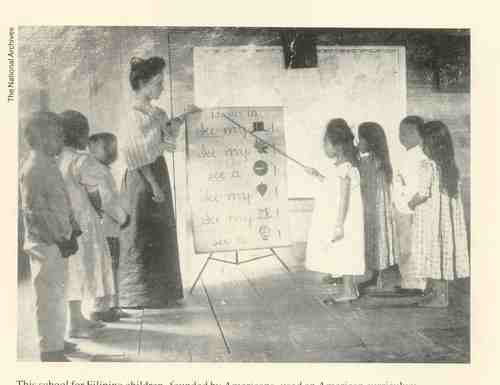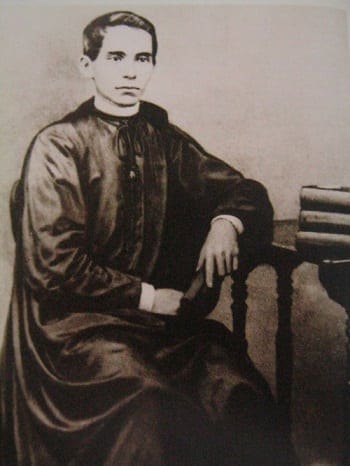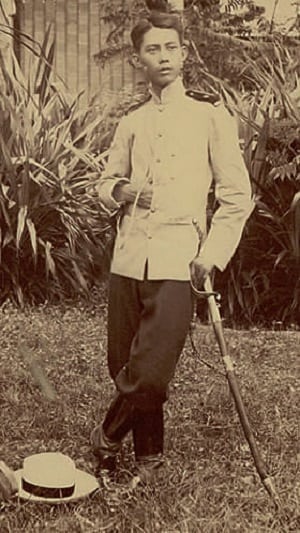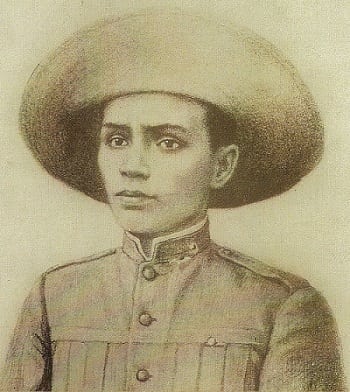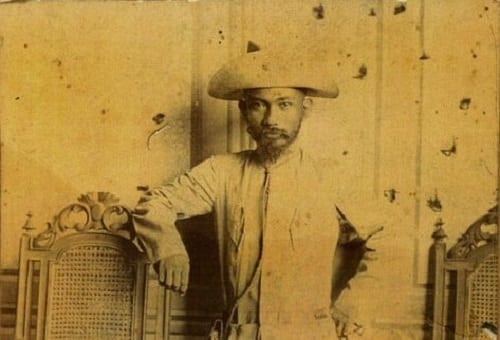10 Mind-Blowing Controversies in Philippine History
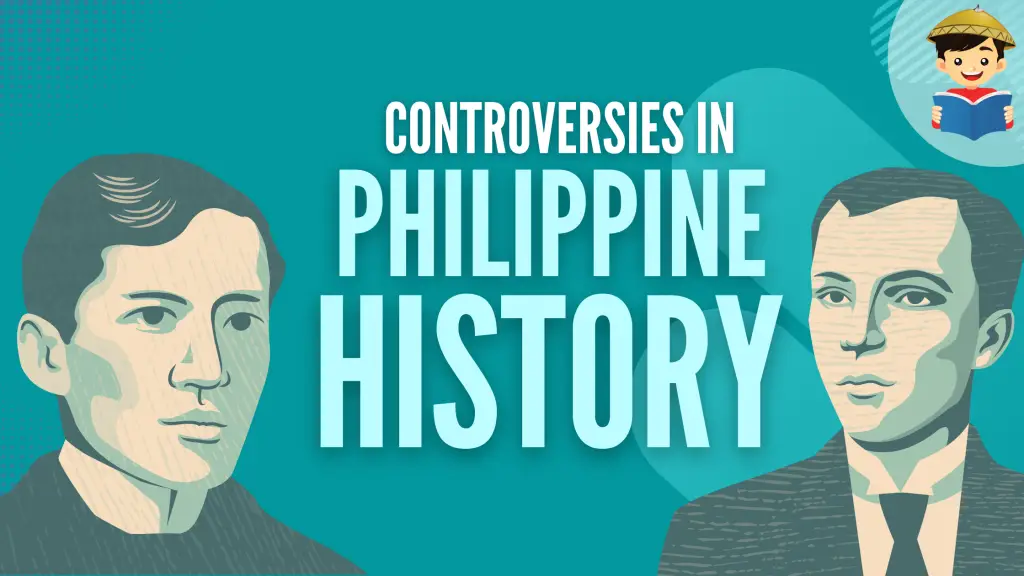
While we’re already familiar with the more well-known controversies in Philippine history, such as Jose Rizal’s retraction, Luna’s assassination, etc., some lesser-known controversies are worth delving into. After all, they do form a part of Philippine history.
Also Read: 10 ‘What If’ Scenarios That Would Have Changed Philippine History Forever
Table of Contents
10. We Already Had An Excellent Public School System Before The Americans Came
Although we cannot discount all the good things the Americans did to improve the country’s education system, the Spanish deserve credit for their contributions.
Contrary to popular belief that Filipinos lived like uneducated medieval peons during the Spanish era, the inhabitants were one of the most educated peoples in all of Asia, and thanks mainly to the implementation of the public school system by the Spanish government, which started with the Educational Decree Act of 1863.
Also Read: 10 Reasons Why Life Was Better In Pre-Colonial Philippines
The act created separate public schools for Filipino boys and girls and the teaching of free compulsory education, a first for any European colony. Surprisingly, the girls were taught “domestic” lessons and subjects such as Spanish and French languages and the sciences. Manuel Quezon, a product of the Spanish public school system, attested to the existence and excellence of Spanish education long before the Americans came.
Unfortunately, American propaganda against the Spanish and the fact that local friars tried to subvert the system made a very negative impression of the Spanish educational system.
9. Jose Rizal Disliked The Chinese.
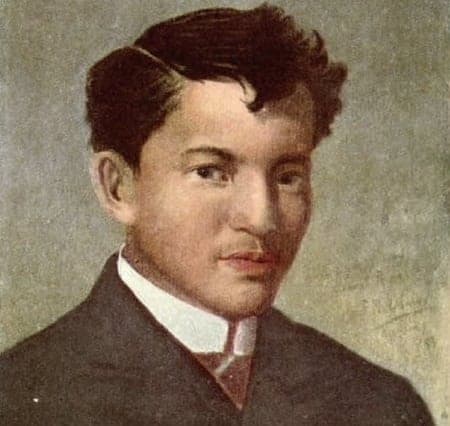
Other than campaigning against Spanish oppression, Rizal would also end up fighting what he perceived to be the Chinese exploitation of his countrymen. He viewed the Chinese primarily as unscrupulous traders and businessmen who liked to take advantage of Filipinos for profit, even if it meant kowtowing to the Spanish.
Rizal’s dislike for the Chinese could be seen in his letter to his mother, in which he complained of being embroiled in a lawsuit with a Chinese and promised never to buy any products from him, and in his novel El Filibusterismo, where he portrayed the character of Quiroga (who was reportedly based on a real Chinese businessman) as a shrewd and cunning individual.
Also Read: 8 Mind-Boggling Myths About Jose Rizal
While Rizal’s anti-Chinese sentiment could be attributed to his nationalist drive, some historians think he may have gone too far by putting all Chinese in the same category as those he had encountered. Not only that, he ironically disowned his Chinese ancestry by claiming he had no Chinese blood and was pure Filipino.
Related Article: 9 Reasons Why Rizal Was Just As Human As The Rest Of Us
However, to some historians, Rizal expressed his wish to be viewed as a full-blooded Filipino, no matter his heritage. In addition, general sentiment at that time ran high against foreigners regardless of whether they were Chinese or Spanish.
8. Jose Burgos Was Framed For The Cavite Mutiny.
We all know that Gomburza—Fathers Mario Gomez, Jose Burgos, and Jacinto Zamora—very much had nothing to do with the 1872 Cavite Mutiny and that some disgruntled soldiers launched it after discovering they were now forced to pay personal taxes as well as perform forced labor, both of which they had been previously exempted from.
Trivia: There were three other martyr priests aside from “Gomburza.”
However, according to the accounts of two Spanish clergymen captured during the Revolution, the failed mutiny was, in fact, a plot by the Spanish friars to eliminate Jose Burgos, who was then the foremost champion of secular priests. To that end, they sent a Franciscan friar named Claudio del Arceo to Cavite and foment unrest among the soldiers, promising them money and a great fleet from the United States in the name of Father Burgos would arrive to assist them.
After the mutiny unfolded, the friars convinced Rafael de Izquierdo that Burgos planned it all by giving him a banquet and a colossal bribe.
7. The Americans Used Pigs’ Blood And Body Parts On Moro Insurgents.
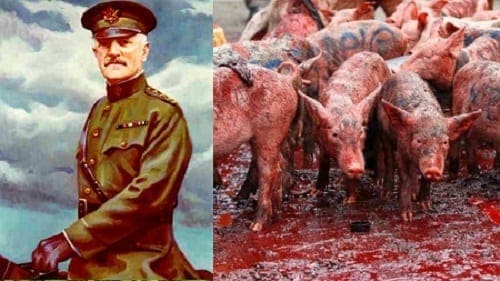
Other than the infamous “water-cure” method the Americans used on captured Filipino combatants during the Philippine-American War, they would also reportedly employ the unconventional method of using pigs to pacify the Moro fighters in the second half of the same war.
Recommended Article: 8 Dark Chapters of Filipino-American History We Rarely Talk About
Specifically, they were said to have executed captured insurgents or “juramentados” (an assassin gone amok) with bullets dipped in pig blood or buried with dead pigs. The Americans believed that the Moros—who detested pork—would not be able to go to the afterlife if they had any contact with the animals and so hoped to dissuade further attacks.
Rare Video: Gen. J. Franklin Bell’s mule pack train crossing the Agno River in Northern Luzon (1902)
The originator of this method was supposedly none other than US General John “Black Jack” Pershing, the first and only man to have ever been promoted to General of the Armies during his lifetime (Washington was promoted posthumously). Although the method is unsubstantiated, many books and websites regularly quote it as one way to fight Islamic terrorists.
6. The Jabidah Massacre Never Happened.
While we may all be familiar with the alleged massacre of disenchanted Muslim recruits in Corregidor in 1968, many historians have disputed whether the massacre happened.
Contrary to popular belief, then-Senator Benigno Aquino did not believe Jibin Arula, who claimed to be the massacre’s sole survivor. For him, the massacre reeked of a hoax. However, he did accuse President Ferdinand Marcos of plotting to build up a personal elite force for his “garrison state,” as well as planning for the takeover of Sabah. Rigoberto Tiglao even states that the Jabidah Massacre was a brilliant propaganda campaign pulled off by Malaysia, a belief accepted again by Ninoy.
Also Read: 13 Curious Facts About Ninoy Aquino
Supposedly, many of the recruits were Malaysian counter-agents tasked to foment dissent among the members, thus ensuring that Marcos’ plan would never go off. In a way, the alleged plan to sow chaos in Sabah boomeranged right back into the Philippines’ backyard—Mindanao.
5. A Filipino Helped Found Los Angeles.
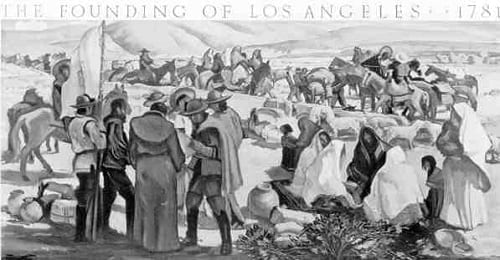
While not directly concerning the country, this little historical controversy is somewhat of a heated issue, especially within the Fil-Am community of Los Angeles.
Although there is no doubt given to the eleven founding settlers who helped to found Los Angeles in 1781, the same cannot be said for Antonio Miranda Rodriguez. Supposedly, he was a skilled gunsmith from Manila who journeyed there with his daughter via the galleon trade but arrived much later after suffering from smallpox. Later, he came to be feted as the 12th settler of Los Angeles.
Did you know? A Filipino dwarf became a famous figure in 19th-century Britain.
However, some historians have disputed the recognition of the argument that Rodriguez never settled. Upon arriving in California, he was reportedly sent to Sta. Barbara instead was an armorer due to his skills as a gunsmith and was said to have died in that place after only eight months. Also, his name cannot be found on any of the plaques and markers honoring the founders of LA.
4. Gregorio del Pilar Was Aguinaldo’s Assassin.
Admittedly, most of del Pilar’s fame comes from his death defending Tirad Pass from advancing American forces during the Philippine-American War. Yet for all his bravery (or foolhardiness, depending on one’s view), del Pilar also has his plethora of controversies.
Also Read: Gregorio del Pilar’s famous last words.
Aside from the controversy of reportedly indulging in a drinking spree and an orgy the night before his big battle, it is alleged that del Pilar was also Emilio Aguinaldo’s “hatchetman.” As someone who reportedly exhibited sadistic tendencies toward captured friars (he made one clean the toilet with his bare hands, according to one story) and with his unwavering loyalty to the president, del Pilar was the ideal “berdugo” for Aguinaldo.
Recommended Article: 13 Facts That Prove Antonio Luna Was An All-Around Badass
Accordingly, it is believed that del Pilar and his men were behind the killing of Antonio Luna after being ordered by Aguinaldo to eliminate him. By extension, del Pilar was also said to have personally conducted the arrests, torture, and execution of many of Luna’s officers.
3. Bonifacio ‘Acted Like A King’ In Cavite.
Although many would undoubtedly choose Bonifacio over Aguinaldo as their hero, the former does deserve his fair share of criticism, mainly because he was said to have “acted like a king” upon his arrival in Cavite after being invited to mend the growing rift between the Magdiwang and Magdalo factions.
According to Nick Joaquin, Bonifacio turned off the Caviteños when he showed up, began barking orders, and behaved like “Caesar without the crown.” He adds that instead of capitalizing on the golden opportunity to stop the infighting among the revolutionaries who were at the time facing a Spanish offensive, Bonifacio just added more fuel to the fire by openly taking sides.
Also Read: 7 Fascinating Facts You Didn’t Know About Andres Bonifacio
After the Tejeros Convention, he nullified all appointments and had Artemio Ricarte intercept Magdalo reinforcements to Pasong Santol, resulting in the death of Aguinaldo’s brother Crispulo who was defending that area. At that point, Aguinaldo and the rest of Cavite must have decided Bonifacio was too dangerous to leave alone.
2. Miguel Malvar, Not Manuel Quezon, Should Be The Second Philippine President.
On par with the perennial argument of whether Andres Bonifacio should be recognized as the country’s first president is whether Miguel Malvar and not Manuel Quezon rightfully deserve the title as the country’s second president.
According to his supporters (Jejomar Binay is one of them), Malvar deserves to be recognized as such in line with the natural order of succession. With the capture of Aguinaldo and the surrender of Mariano Trias, his designated successor and Malvar’s direct superior, it fell upon the general from Batangas to lead the remnants of the revolutionary forces.
Recommended Article: 9 Pinoy Historical Villains Who Weren’t As Evil As You Think
His presidency was also recognized as legitimate by members of the “Hong Kong Junta,” the overseas council which procured arms and campaigned for foreign recognition of Philippine independence. During his period of resistance up until his surrender, Malvar ran the fledgling republic as a chief executive and as head of the armed forces—just as a real president would.
1. An Ancient Family Owns The Entire Philippines.
Did an ancient family rule the Philippines before the coming of the Spaniards? According to the modern-day descendants of the Tagean-Tallano clans, their ancestors used to rule over a land called “Maharlika,” an empire that consisted of the Philippines, the rest of Southeast Asia, the Marianas Islands, and even Hawaii.
The clan counts Lapu-Lapu, Soliman, Lakandula, and other prominent Filipino rulers as their descendants. Under Luisong Tagean Tallano, Maharlika was said to have been one of the most prosperous countries in Asia. The clan also claims that their sovereignty over the Philippines was recognized by the different colonial powers (Spain, Britain, and the US) through the issuance of three documents, all of which were unfortunately thrown out by the Court of Appeals in 2002 for being “spurious.”
READ: 13 Intriguing Facts You Might Not Know About Ferdinand Marcos
However, that hasn’t stopped some family members from showing up in the news from time to time. In 2012, Salam Lacan Luisong Tagean—who claims to be from the clan—made headlines when he filed his candidacy for senator while proclaiming he was the country’s rightful ruler.
References
Arguelles, M. (2012). Hundreds turn up in rally to back ‘Ako Bicol’ party-list group. Philippine Daily Inquirer. Retrieved from http://goo.gl/sVwmHW
Escobar, A. (2014). Groundbreaking Filipino American Art Exhibit “The Arrival of the 12th Poblador” at the El Pueblo De Los Angeles Historical Monument – Closes May 25th. FilAm Arts. Retrieved 16 March 2015, from http://goo.gl/U7gjFv
GMA News Online. (2008). General Goyo: The Gregorio del Pilar story. Retrieved 16 March 2015, from http://goo.gl/7E4Oyj
Joaquin, N. (2005). A Question of Heroes (pp. 86-108). Pasig City: Anvil Publishing, Inc.
National Historical Commission of the Philippines 2013. The Hong Kong Junta. Retrieved 16 March 2015, from http://goo.gl/cHbDbh
Official Website of the Office of the Vice President of the Philippines, (2015). VP Binay To Historians: Help Rectify Oversight In Recognizing General Malvar As 2nd President. Retrieved 16 March 2015, from http://goo.gl/q7mqIb
Paredes, J. (2013). Bonifacio Remembered: Divisive and a hero downgraded, what, finally, is Supremo’s place in history?. InterAksyon.com. Retrieved 16 March 2015, from http://goo.gl/de04a6
Pimentel, J. (2008). The Enclave of Our Roots. The Asian Journal MDWK Magazine, 2. Retrieved from http://goo.gl/2OATMf
Snopes.com. Pershing the Thought. Retrieved 16 March 2015, from http://goo.gl/7P8Xab
The ProPinoy Project,. (2011). Was Jose Rizal anti-Chinese?. Retrieved 16 March 2015, from http://goo.gl/Q85ylv
Tiglao, R. (2013). Malaysia’s masterstroke that buried our Sabah claim. RigobertoTiglao.com. Retrieved 16 March 2015, from http://goo.gl/OcLR5U
Tiglao, R. (2013). Senator Benigno Aquino, Jr.’s Jabidah speech 1968. RigobertoTiglao.com. Retrieved 16 March 2015, from http://goo.gl/6SYiRp
FilipiKnow
FilipiKnow strives to ensure each article published on this website is as accurate and reliable as possible. We invite you, our reader, to take part in our mission to provide free, high-quality information for every Juan. If you think this article needs improvement, or if you have suggestions on how we can better achieve our goals, let us know by sending a message to admin at filipiknow dot net
Copyright Notice
All materials contained on this site are protected by the Republic of the Philippines copyright law and may not be reproduced, distributed, transmitted, displayed, published, or broadcast without the prior written permission of filipiknow.net or in the case of third party materials, the owner of that content. You may not alter or remove any trademark, copyright, or other notice from copies of the content. Be warned that we have already reported and helped terminate several websites and YouTube channels for blatantly stealing our content. If you wish to use filipiknow.net content for commercial purposes, such as for content syndication, etc., please contact us at legal(at)filipiknow(dot)net
